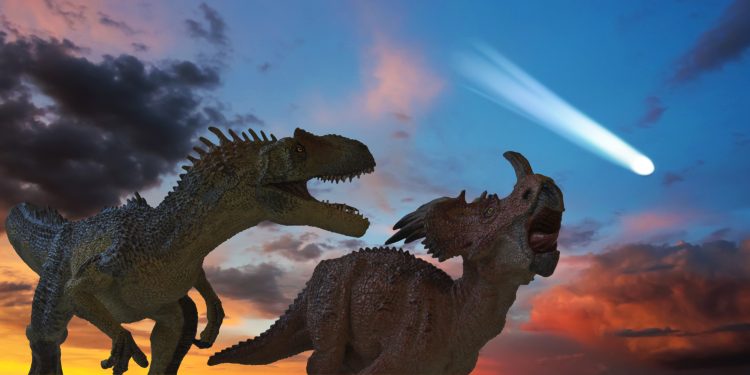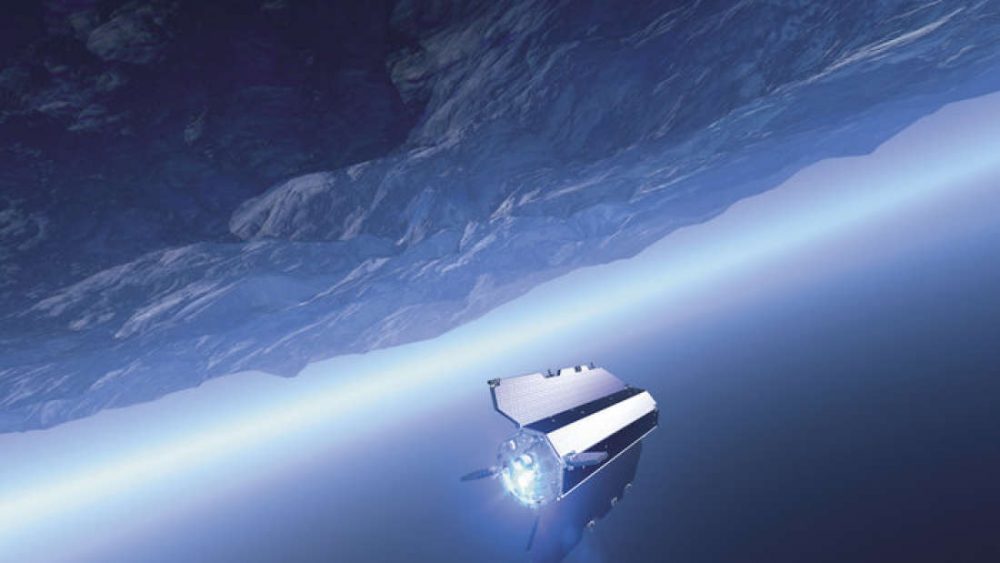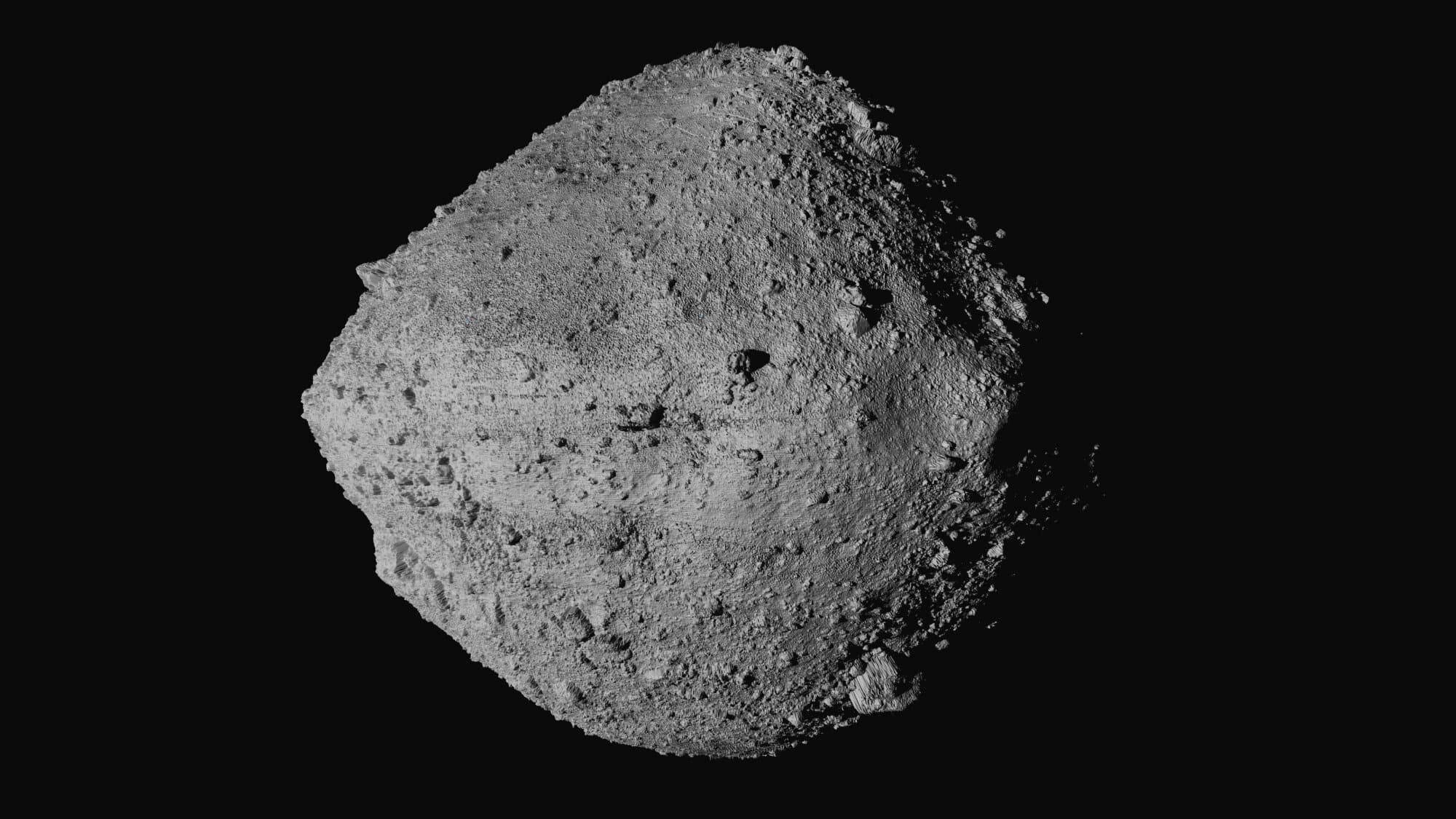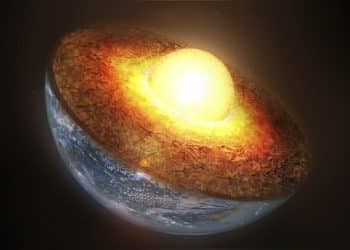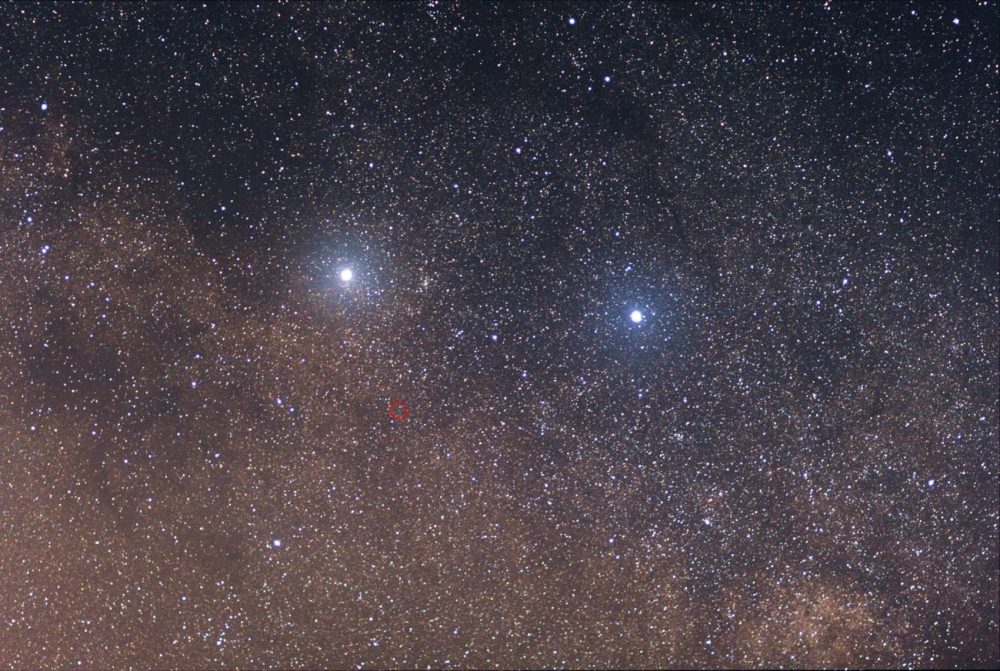Forest wildfires ignited thousands of kilometers from the impact zone of the meteorite that wiped out the dinosaurs, researchers have now discovered. More than 75 percent of all living species were exterminated 66 million years ago when a six-mile-wide meteorite struck the Yucatan peninsula in what is now Mexico. There have been several theories as to how and when the devastating wildfires were caused by the strike, as well as their extent, which have generated uncertainty and debate.
Scientists from the UK, Mexico, and Brazil have recently discovered that some fire outbreaks occurred within minutes of the impact in areas extending up to 2500km from the impact crater, according to their analysis of rocks dating back to the event. As a result of the backwash caused by the mega-tsunami, charred trees were swept offshore, putting an end to coastal wildfires.
Upon studying fossilized tree bark, geoscientists discovered that fires had already been raging before the trees were washed away shortly after the initial impact. According to them, either a fireball of epic scale or melted rock droplets dropped back through the atmosphere in response to the impact may have caused this. As one of the co-authors of this international study, Professor Ben Kneller from Aberdeen University’s School of Geosciences collaborated with scientists from the Autonomous University of Mexico, the Federal University of Rio Grande do Sul, the University of Leeds, and Manchester.
Kneller said: “For quite some time, people have debated what caused these forest wildfires and their extent and timing. There was no conclusive evidence that the fires resulted directly from the impact, or whether they were caused later, when debris being thrown up into the atmosphere caused darkness, which was then set ablaze by lightning, the researchers revealed.
This international team allowed us to confirm that the rocks we analyzed were deposited in the area of the impact by using a unique combination of chemical, isotopic, palaeontological, palaeobotanical, chemical, and spectroscopic techniques, together with geological mapping. In order to determine the extent of the burning, fossilized bark still attached to the tree trunks was analyzed, finding that the bark had already been charred by the impact-related tsunami. Hence, the fires began within minutes, at most, of impact.
The results of our research confirm precisely when and how these devastating fires were sparked and provide a vivid and quite terrifying account of what happened following the gigantic collision. The researchers published their findings in Scientific Reports.
Join the discussion and participate in awesome giveaways in our mobile Telegram group. Join Curiosmos on Telegram Today. t.me/Curiosmos



